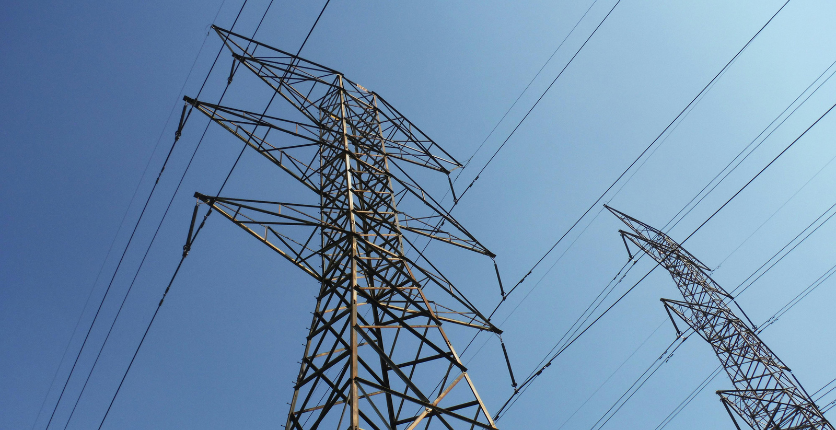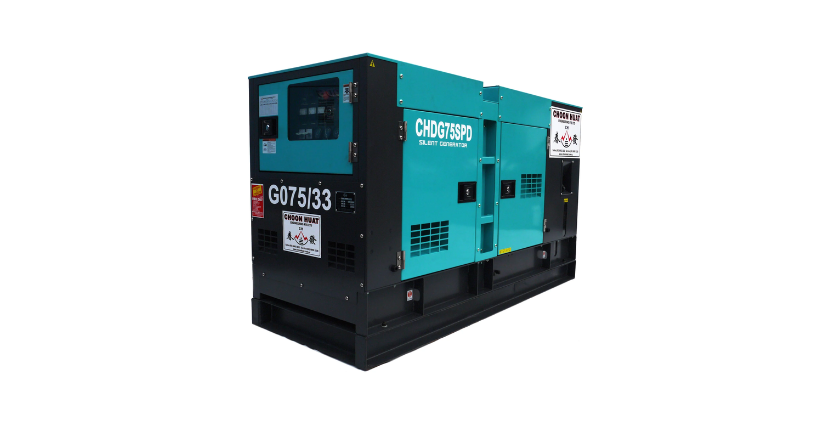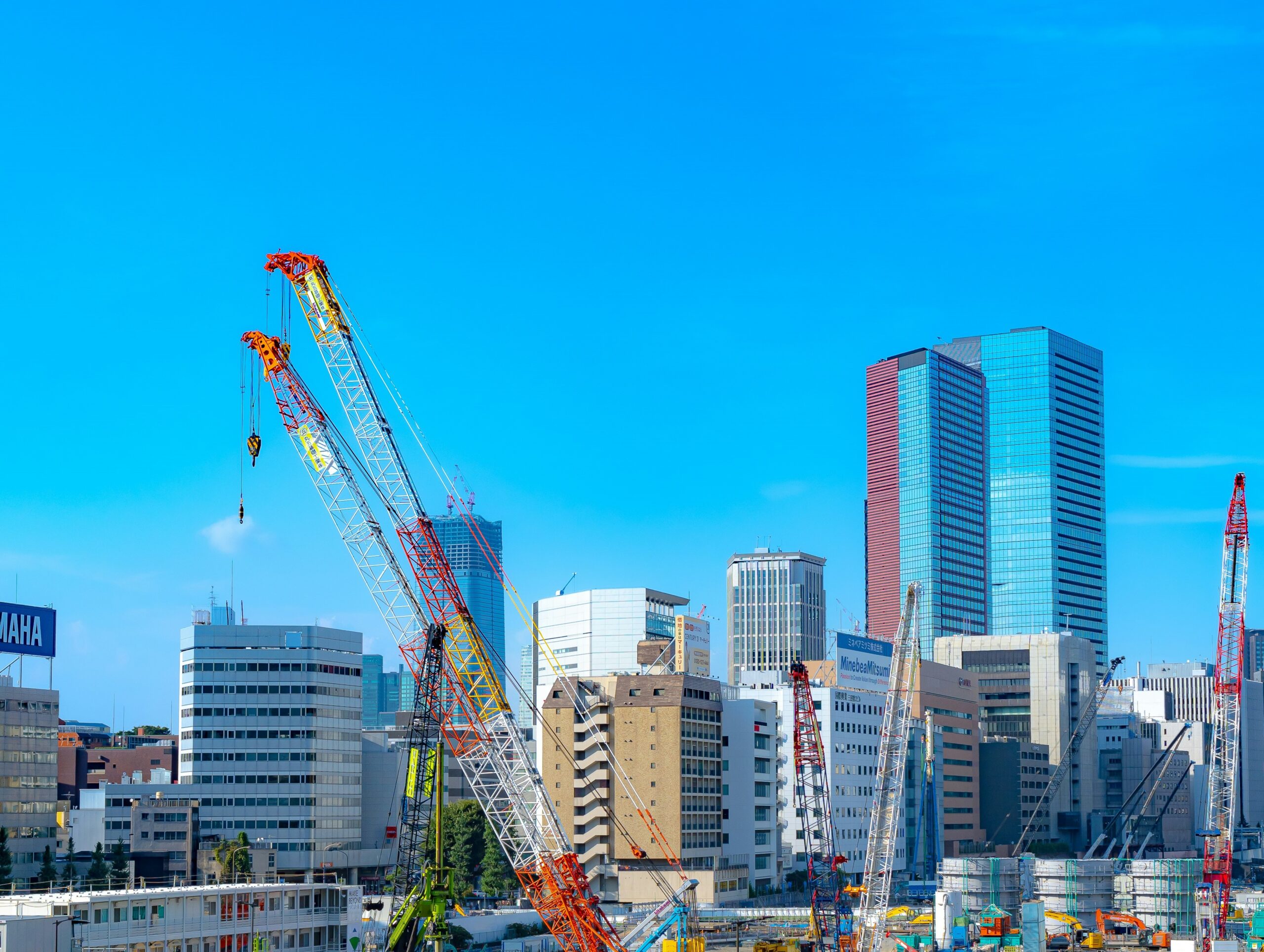Every construction project is a unique ecosystem with its own set of energy challenges. A high-rise in a dense urban center has vastly different power requirements than a remote infrastructure project or a sprawling industrial build. For generations, the industry has relied on a rigid, one-size-fits-all approach to power: extending the grid at great cost and time, or deploying fleets of inflexible diesel generators. These traditional solutions, while functional, are fraught with inefficiencies, high operational costs, and significant environmental drawbacks that are becoming increasingly untenable in the modern era. This is where the true power of Battery Energy Storage Systems (BESS) becomes clear: its remarkable versatility.
BESS is not just a product; it acts as the heart of a battery based microgrid. By intelligently integrating with various power sources and offering modular, scalable designs, BESS provides tailored solutions that solve specific on-site problems, enhance efficiency, and drive sustainability, no matter the project’s location or scale. It represents a strategic shift from a reactive, brute-force approach to energy to a proactive, intelligent, and optimized one.
This guide explores the practical power solutions and applications of BESS, demonstrating how it can be configured to power any construction site effectively, turning energy from a volatile cost center into a managed, strategic asset.
The Core of Versatility: How BESS is Powered

The adaptability of a BESS begins with its ability to draw, store, and dispatch energy from multiple sources. This “energy agnostic” nature ensures that there is always an efficient, cost-effective charging solution available for your project’s specific circumstances, budget, and sustainability goals.
- Grid Power: For projects in urban or residential areas with reliable grid access, charging a BESS directly from the grid is a convenient and highly efficient option. This method unlocks the powerful financial strategy of energy arbitrage. The BESS can be programmed to charge automatically during overnight, off-peak hours when electricity rates are at their lowest. The next day, the construction site runs on this cheap, stored energy, completely avoiding the high electricity prices of peak demand periods. This strategy alone can lead to substantial reductions in monthly utility bills and provides a predictable, stable energy cost structure.

- Generator Integration (Hybrid Mode): This is one of the most powerful applications for driving immediate efficiency and cost savings. A BESS can be paired with a diesel generator to create a smart hybrid system that optimizes the generator’s performance. In a traditional setup, a large generator often runs continuously at a low load, a highly inefficient state that wastes fuel and causes excessive engine wear. In a hybrid system, the BESS handles any sudden power spikes (inrush currents) from heavy machinery. This results in a reduction in the number of diesel generators and generator downsizing. The connected generator hence runs at peak efficiency to cover the site’s base load and to charge the battery most of the day. This drastically reduces fuel consumption by up to 80%, minimizes harmful emissions, extends the generator’s lifespan, and significantly cuts operational noise.

- Solar & Renewable Power: For the ultimate sustainable and off-grid solution, a BESS can be charged using on-site solar panels or portable wind turbines. This configuration creates a self-sufficient microgrid, completely independent of fossil fuels or grid infrastructure. The system stores the clean energy generated during the day, ensuring a consistent, zero-emission power supply around the clock. This is not only the most environmentally friendly option but also the most resilient, providing true energy independence and eliminating the logistical complexities and costs associated with fuel delivery or grid connection.
Solving Site-Specific Challenges: BESS Applications in Action
The true value of BESS is demonstrated in its ability to solve the unique power challenges of different construction environments. It allows project managers to select the right tool for the job, rather than forcing a single, inefficient solution onto every problem.
For Urban & Noise-Sensitive Projects
Urban construction sites are defined by high population density, tight space constraints, and a web of strict regulations on noise and air quality. Attempting to power these sites with traditional generators creates a constant battle against compliance and community relations. BESS is uniquely suited to overcome these hurdles.
- Low-Noise, Zero-Emission Operations: Unlike the constant, disruptive roar of diesel generators, BESS operates silently. This is a critical advantage for projects near residential neighborhoods, schools, and hospitals. It allows construction companies to comply with strict municipal noise ordinances and even extend working hours into noise-sensitive periods without causing community complaints. The zero on-site emissions also contribute to cleaner air quality—a major concern in dense urban centers—and help projects meet increasingly stringent environmental impact standards.
- Compact, Space-Efficient Footprint: Space is a premium on city worksites, where every square meter is meticulously planned. Modular BESS units are compact and can be easily configured to fit within confined spaces, maximizing energy storage without sacrificing valuable site area for bulky generators, large fuel tanks, and safety perimeters. This space efficiency can be a critical factor in optimizing site layout and workflow.
For Remote & Off-Grid Construction
Many large-scale infrastructure, mining, or renewable energy projects are situated in remote locations where grid access is limited, unstable, or non-existent. Here, BESS provides true energy independence and de-risks the entire operation.
- Eliminating Fuel Logistics: Traditionally, remote sites depend on a costly and logistically complex supply chain for diesel fuel, which is vulnerable to weather delays, poor road conditions, and price volatility. BESS, especially when paired with solar, eliminates this dependency entirely. It creates a self-sufficient power island, generating and storing energy on-site for reliable, uninterrupted operations. This removes a major variable from the project plan and simplifies site management significantly.
- Ensuring Unwavering Power Reliability: In remote locations, power is not a convenience; it is a lifeline. BESS provides a stable and consistent power supply, crucial for keeping remote projects on schedule. It mitigates the risk of downtime caused by generator failures, fuel shortages, or the instability of a weak grid connection. This ensures critical operations—from powering worker accommodations to running essential equipment—continue without interruption, safeguarding the project timeline and budget.
For Large-Scale & Dynamic Projects
Large-scale projects are characterized by their immense complexity and wildly fluctuating energy demands that change dramatically throughout the project lifecycle. From the initial low-power needs of site preparation to the massive energy draws of multiple tower cranes during vertical construction, and back to the moderate needs of interior finishing, a scalable and modular BESS is the ideal solution.
- Scalable & Modular by Design: Modular BESS units can be added, removed, or reconfigured as a project’s energy needs evolve. You can start with a smaller system for initial site preparation and seamlessly add more units to meet the peak power demands of heavy equipment operation. As the project winds down, units can be removed and redeployed elsewhere. This “right-sizing” of power ensures you only pay for the capacity you need at any given time, preventing wasted capital on oversized, underutilized equipment.
- Portable & Rapidly Deployable: The “plug-and-play” nature of portable BESS units allows for the quick relocation of power sources across a large, evolving worksite. Power can be brought directly to where the work is happening, minimizing the need for extensive, hazardous cabling. This ensures that energy is always available where it’s needed most, supporting maximum flexibility, enhancing safety, and preventing delays.
The Strategic Shift: BESS as the Superior Diesel Generator Alternative

Across all these applications, BESS stands out as a fundamentally better alternative to relying solely on diesel generators. The reasons for making the switch are compelling and impact every facet of a project, from the balance sheet to the safety briefing.
- Environmental Impact: BESS significantly reduces or eliminates greenhouse gas emissions and harmful air pollutants like NOx and particulate matter, creating a healthier environment for workers and the community.
- Cost Efficiency: It offers a more stable and predictable total cost of ownership, free from the extreme volatility of diesel fuel prices. When factoring in reduced fuel, lower maintenance, and potential energy arbitrage savings, BESS is often the more economical choice over the project lifecycle.
- Regulatory Compliance: As environmental standards tighten globally, BESS helps companies adhere to increasingly strict environmental and noise regulations, avoiding potential fines, work stoppages, and enhancing corporate reputation.
- Operational Superiority: It provides a quieter, cleaner, and more reliable power source that enhances overall site efficiency and safety. The reduction in maintenance and manual oversight frees up valuable personnel for more critical tasks.
Conclusion: A Universal Solution for Modern Construction
From the dense confines of a city block to the vast expanse of a remote infrastructure project, Battery Energy Storage Systems offer a tailored, efficient, and sustainable power solution. Its inherent flexibility, scalability, and ability to integrate with any power source make it the single most versatile tool for modern construction energy management. By moving beyond the one-size-fits-all approach of traditional power, BESS empowers construction companies to meet the unique challenges of any project, paving the way for a greener, more efficient, and more profitable future. It is no longer a question of if the industry will transition to smarter energy, but when—and the companies that lead this change will be the ones who build the future.



